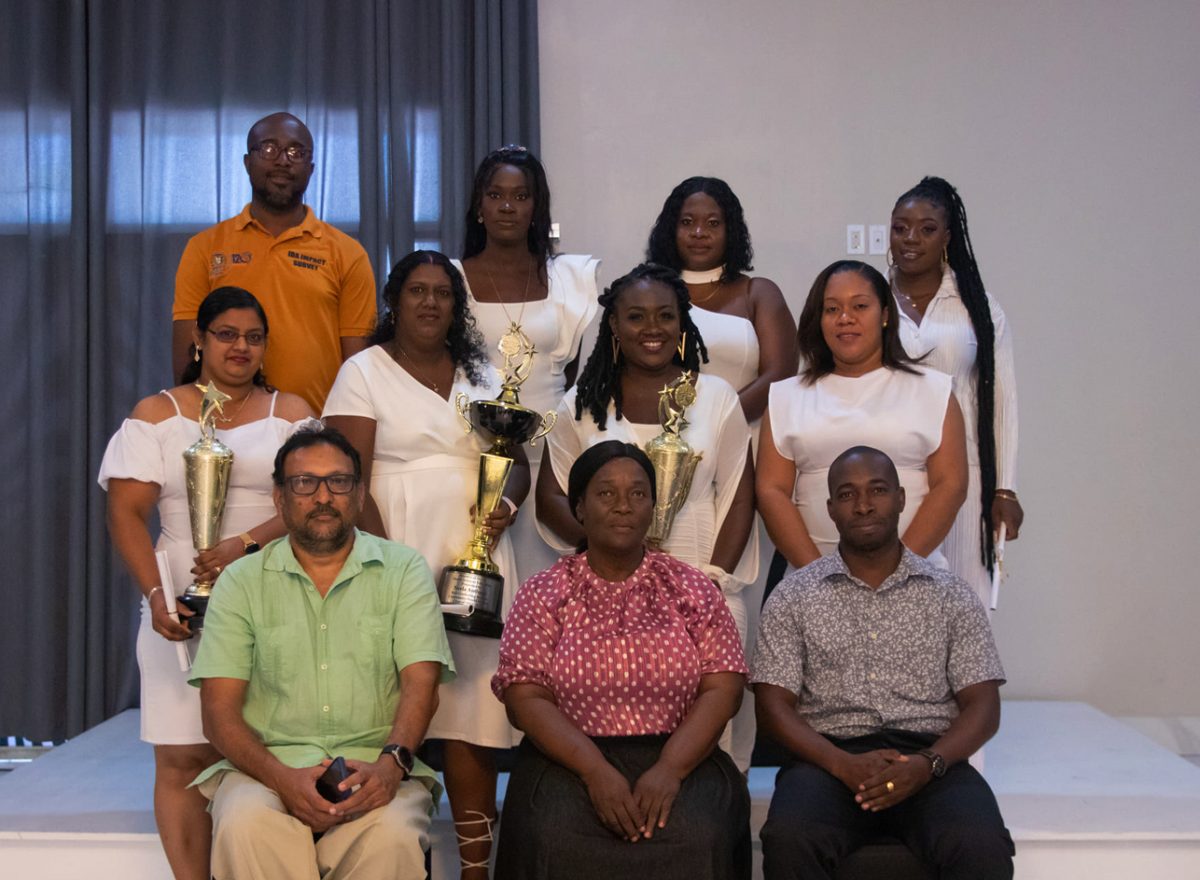Community health care in Guyana received a boost on Friday when a batch of twelve DOT (Direct Observed Treatment) officers from regions Three (Essequibo Islands/West Demerara) and Four (Demerara/Mahaica),
graduated as Community Healthcare Workers (CHW).
A Ministry of Health release on Friday stated that the graduation ceremony, which was held at Windjammer Conference Room in Kitty, Georgetown, was a collaboration between the Health Sciences Division of the Ministry of Health, and the National Tuberculosis Department of the Ministry of Health.
The graduates came from regions three and four. Among those present at the graduation ceremony were Direct Observed Treatment Short Course Coordinator, Dr Neil Trotman; TB/HIV Coordinator, Dr Quacy Grant; and Health Education Officer, Petal Gordon.
According to the release, this batch of DOT workers was chosen to be trained as CHWs since they were community-based and promoted health education in the various communities they serve. Their training which commenced last November lasted six months and included training in areas of First Aid, Vector Control, Environmental Health, Maternal & Child Health, Basic Anatomy and Physiology, and Elderly Health, among other areas.
Further, with the addition of these CHWs, they will aid in the enhancement of providing quality health care within the areas they serve.
While congratulating the graduates, the Manager of the National Tuberculosis Programme, Dr Jeetendra Mohanlall, indicated that statistics over the years have shown that Region Three is the second-highest region with Tuberculosis (TB) cases, while Region Four stands at number one.
“Region Three was about fourth in terms of TB cases, and Region Ten was the second highest. Region Four is the highest-burden region because of population. 50% of our TB cases are from here (Region 4). This did change over the years; however, Region 10 was able to move from the second-highest burden region down to number four, and Region Three up to number two,” he explained.
Dr Mohanlall added that between January to June of this year, Region Three was able to obtain over 80% of successful treatment for TB cases, while Region Four was able to achieve 60%.
“With the last cohort of analysis from January to June last year, patients evaluated between January to June this year were actually in the top four regions with TB success rates. You work to come up to the top, Region Three, in the top 4, achieving 80% and above treatment success. Region Four, moved from 70% and over during COVID, coming down to the 60’s”, he said.






